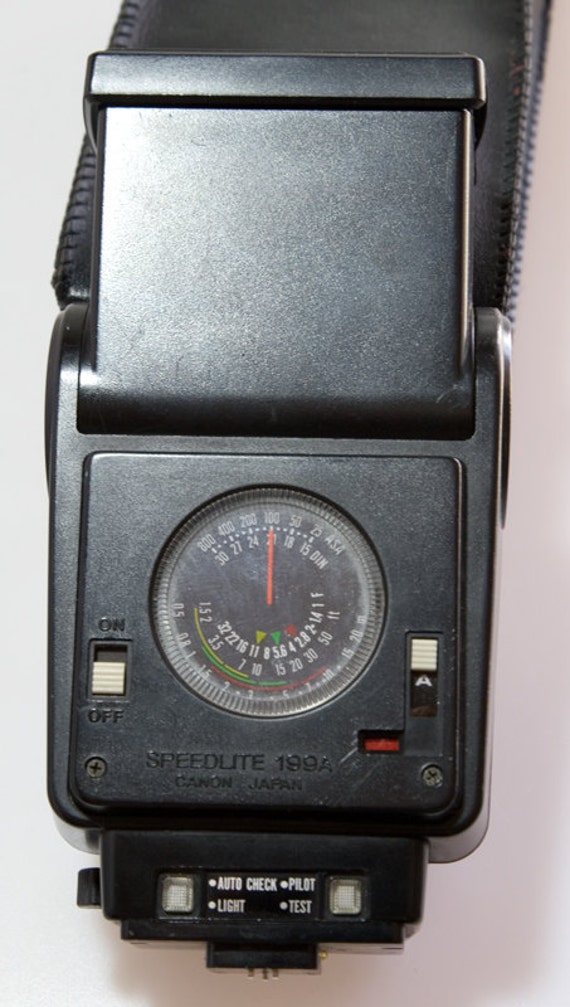I received it in 5 boxes put one in other, for protection. When I opened it, I was amazed... It was in a perfect condition, like new from the shelf. It had no scratch at all, and not even a sign of ware.
IS IT SAFE TO USE AN OLD FLASH ON A DSLR?
The answer is it depends on the flash. Not many film era flashes will work on dslrs for a reason. The discharge curent might fry the inside of your DSLR, making it as useful as a shattered brick. Here is a chart I found of flashes and their trigger voltages compatibility with EOS cameras. Though it only shows Canon EOS camera compatibility, it should be the same with Nikon, Pentax, and so on... http://www.botzilla.com/photo/strobeVolts.html. Now at the sections where it says "your call" me, personally, I wouldn't try using it. The expenses of frying my DSLR would be too big if something goes wrong... If you don't find your desired flash in the chart, from what I know, a flash is safe to use on a DSLR if its trigger voltage doesn't exceed 6V.
HOW IS USING IT LIKE?
The answers I found on the web were "just like using a manual flash". Great, but for a first time flash owner, I did not know how to control a flash... But basicaly, as you can see in this image, you only have one switch to play with. Its the one on the right and it has 4 or 5 steps of lash power.
The flash fired in any of the creative modes on my Canon, Av, Tv, M, ... One thing not to worry about is power. This flash packs quite a lot of it, sometimes I even have to put a difuser or something to stop down the light.
It uses 4xAA batteries, pretty standard. After about 400 firings at medium power with 2000mah rechargable batteries is could still hold up. Recycle time is about a second on the lowest power, but it takes a couple of seconds to recycle from max power. Since I am not a machine gun shooter, this didn't really get in my way...
CAN IT BE USED AS AN OFF CAMERA FLASH?
I don't really know, haven't tried it. It deffinetly can't be used with as an optical slave, since, unsurprisingly, it hasn't got an optical cell. Using it with a transmitter may not work from what I raed on the internat, too...
SIZE?
Better than describing you the size of it, here's it mounted on my Canon 20D. I installed the kit 18-55mm so that you can make a better idea...
CONCLUSION
Should I buy an old flash for my new DSLR? It depends! If it is safe to use and you expect some missed shots, than it is a good deal. But take care, you'll have to use it as an on-camera flash at all times... If it is your first flash and you want to experiment a bit with flash photography, than this is one way to go...
Update: Some sample shots.
Update: Some sample shots.






No comments:
Post a Comment